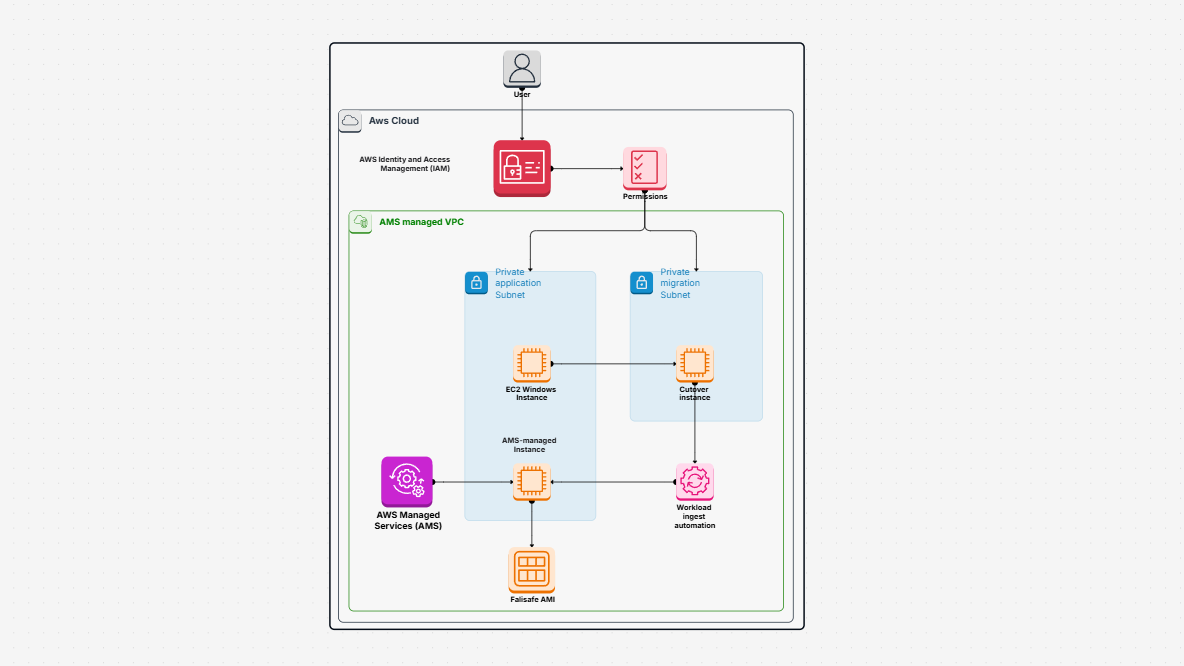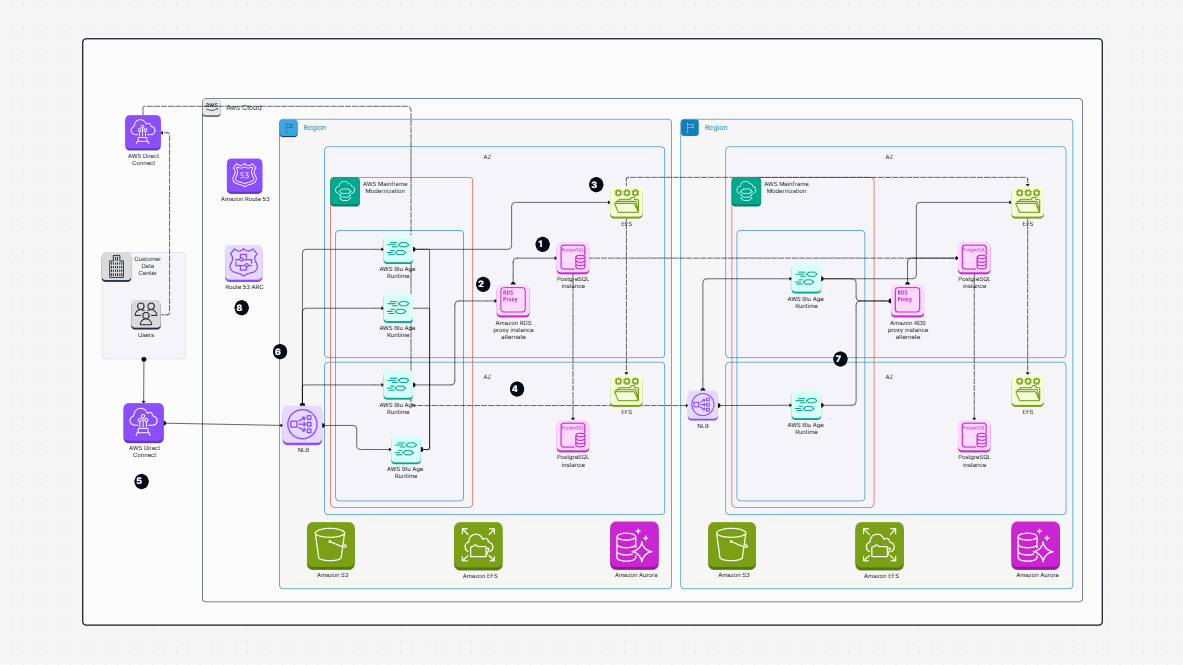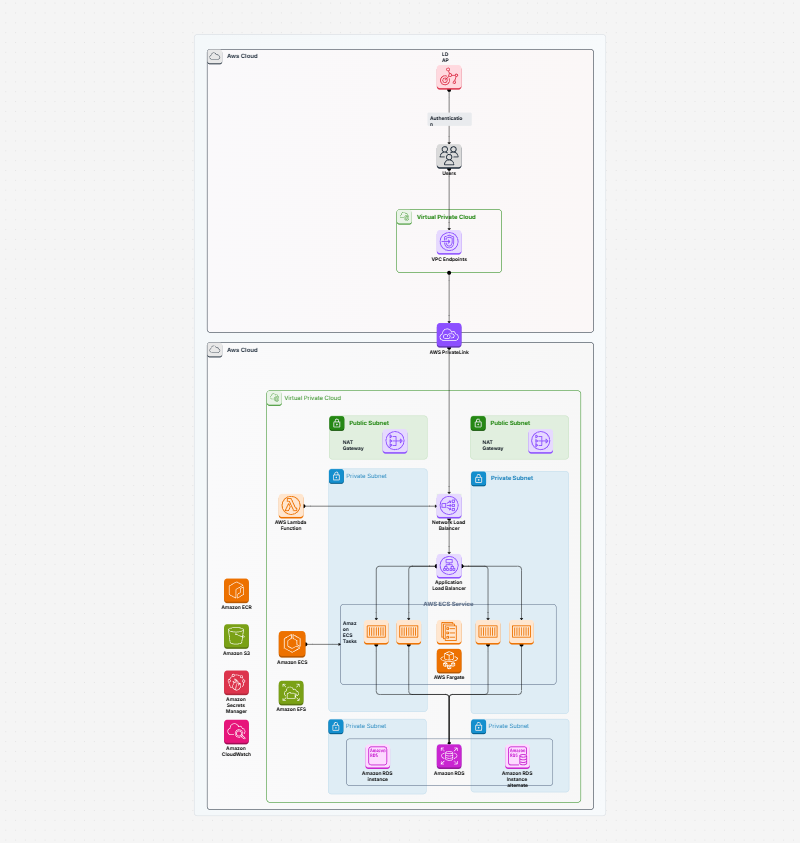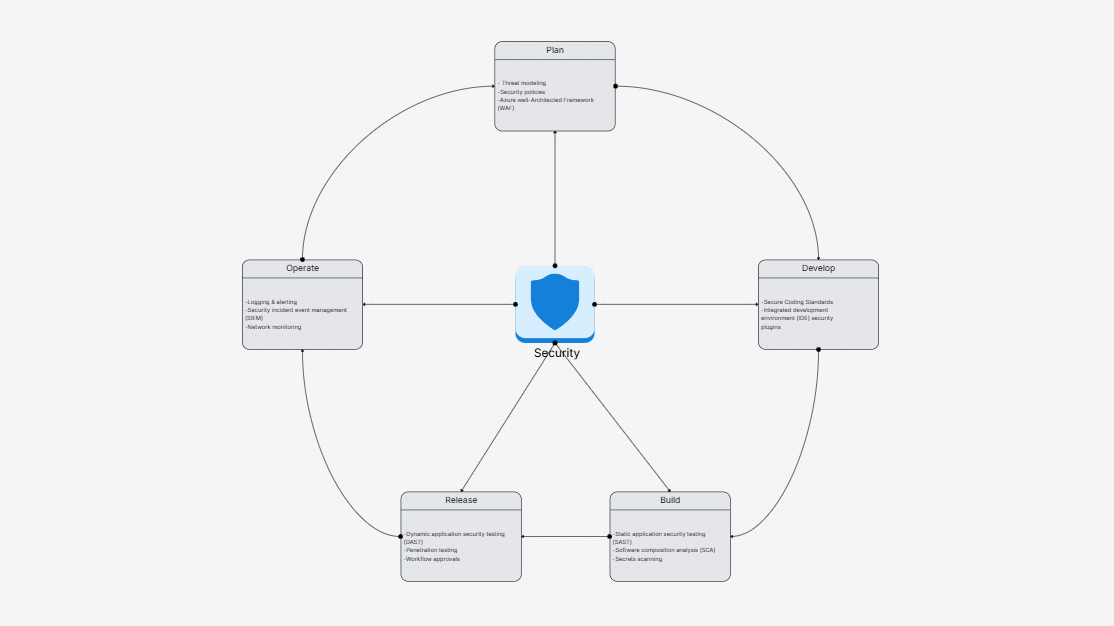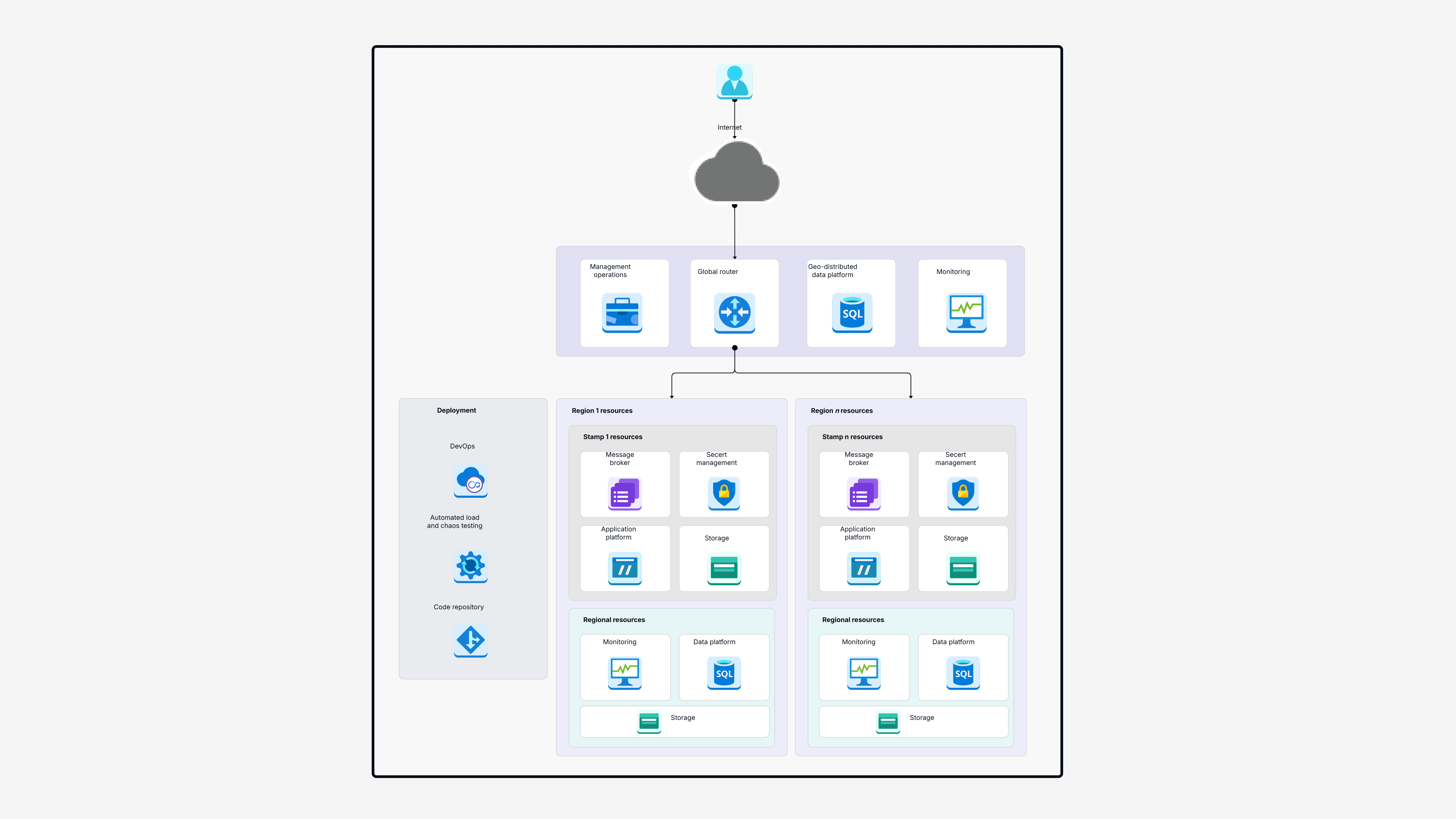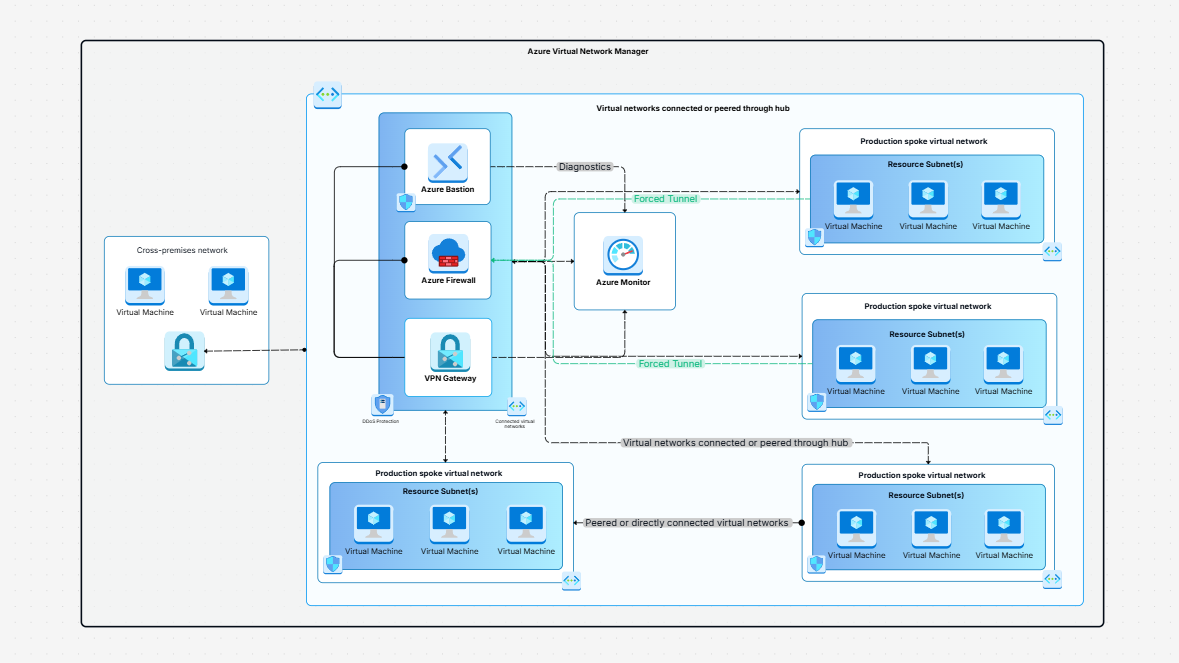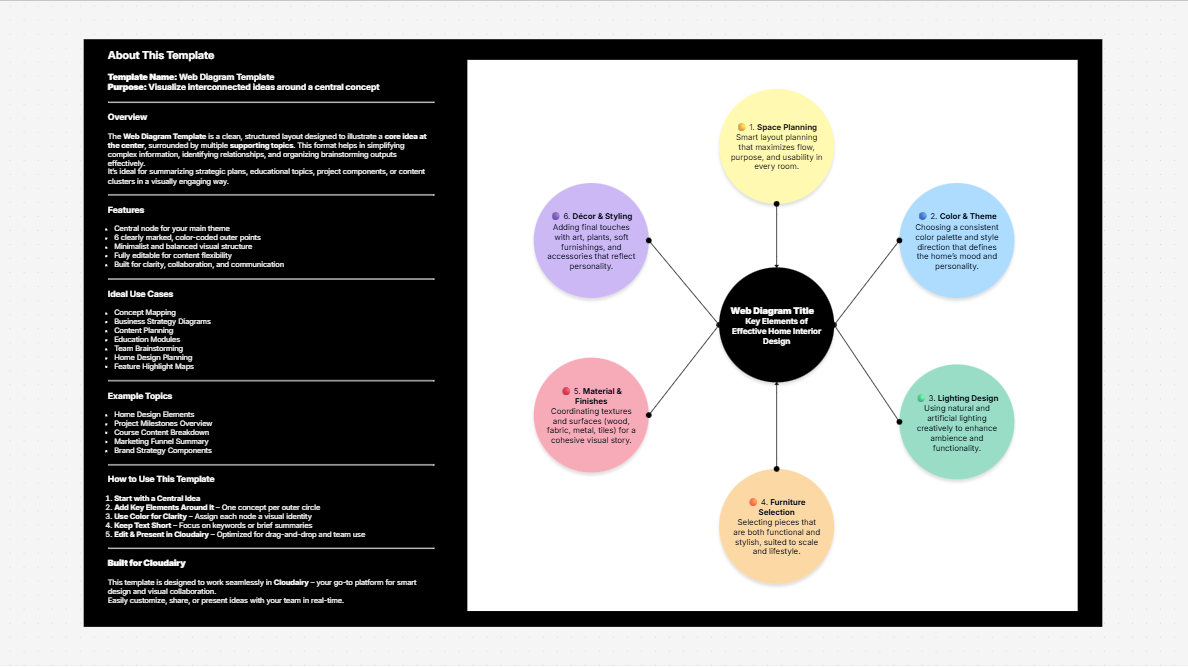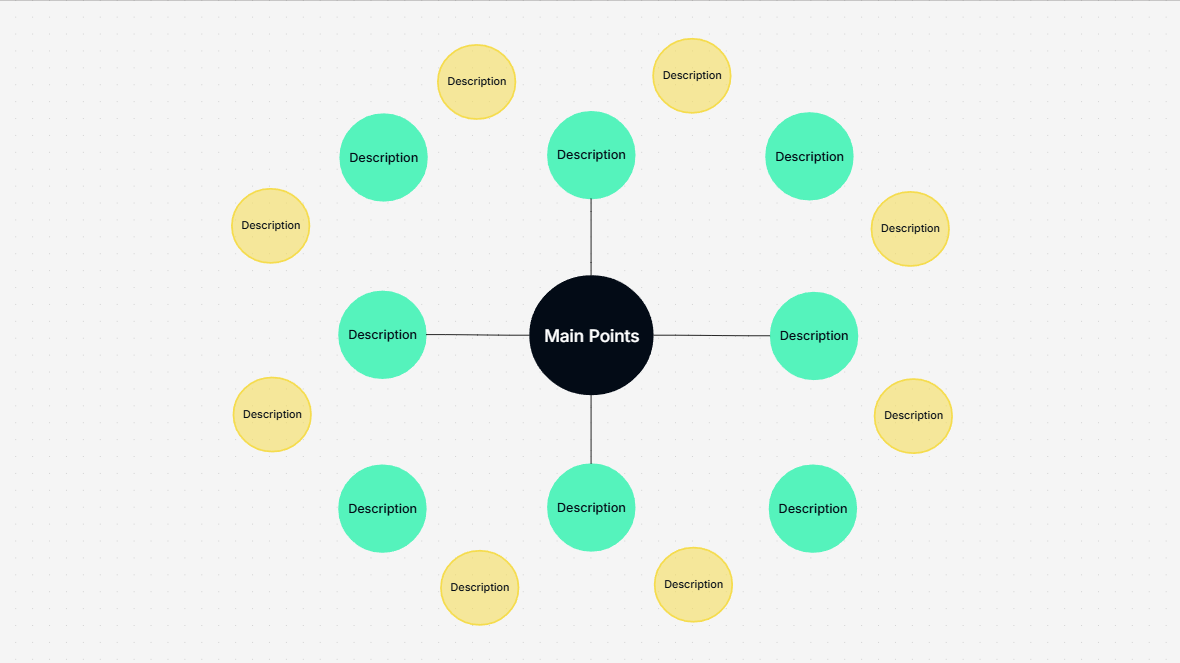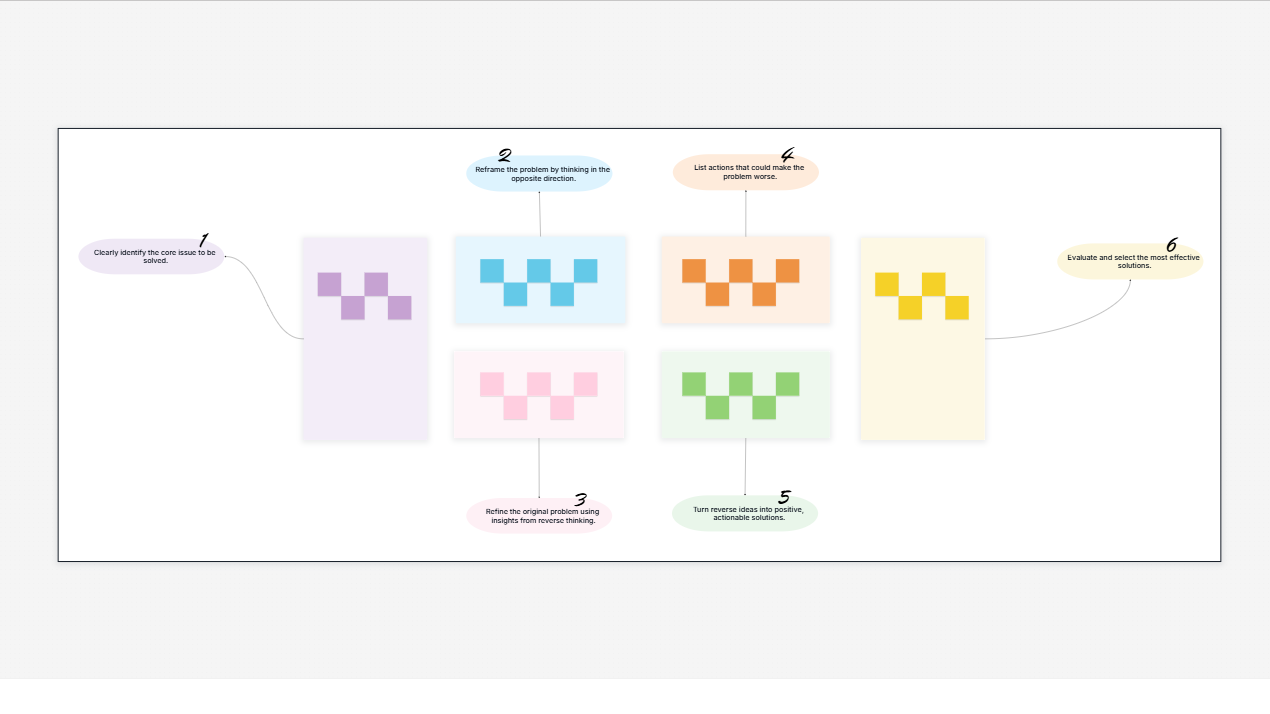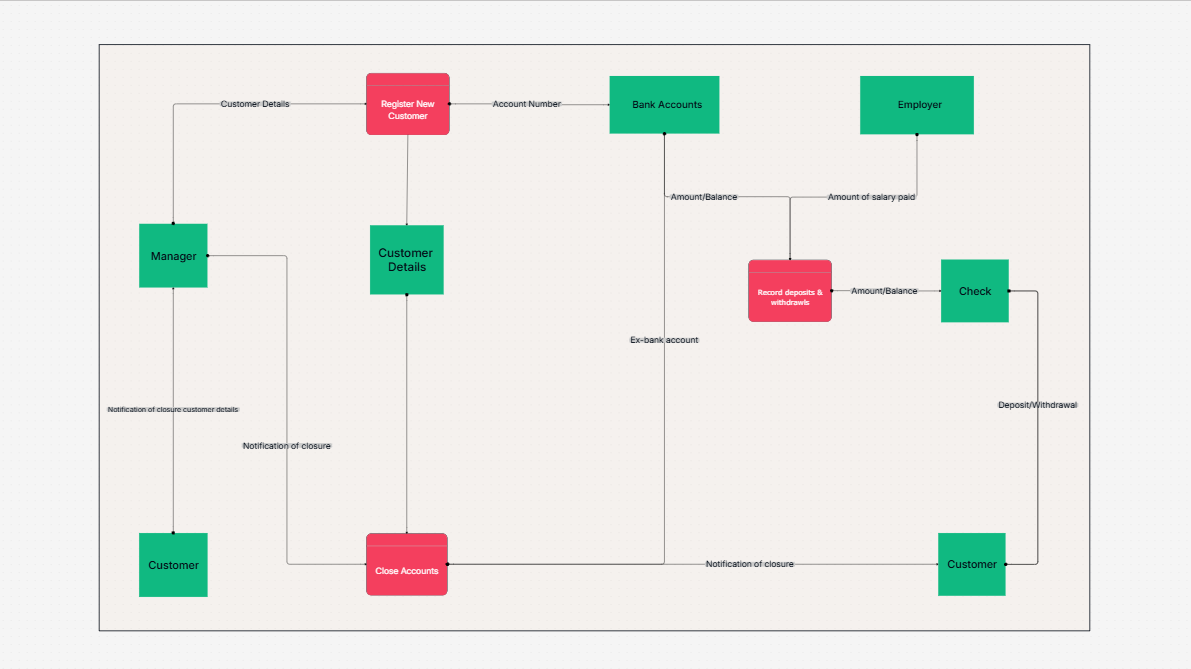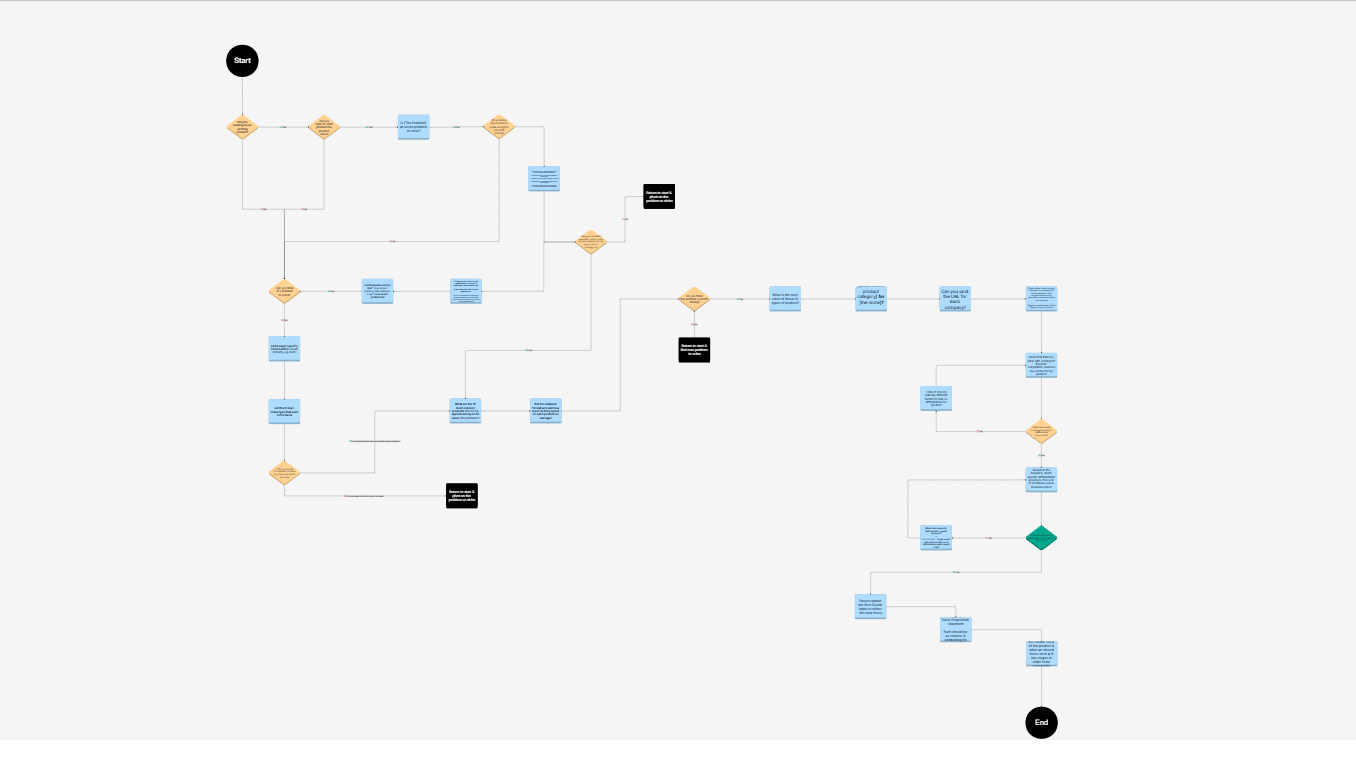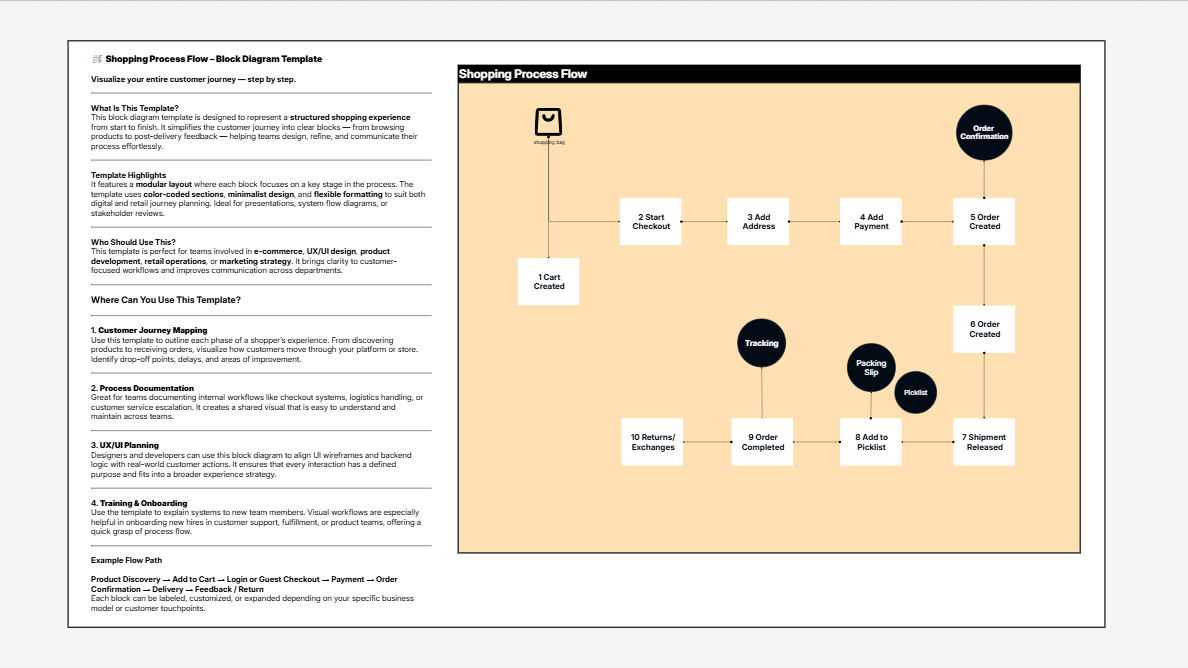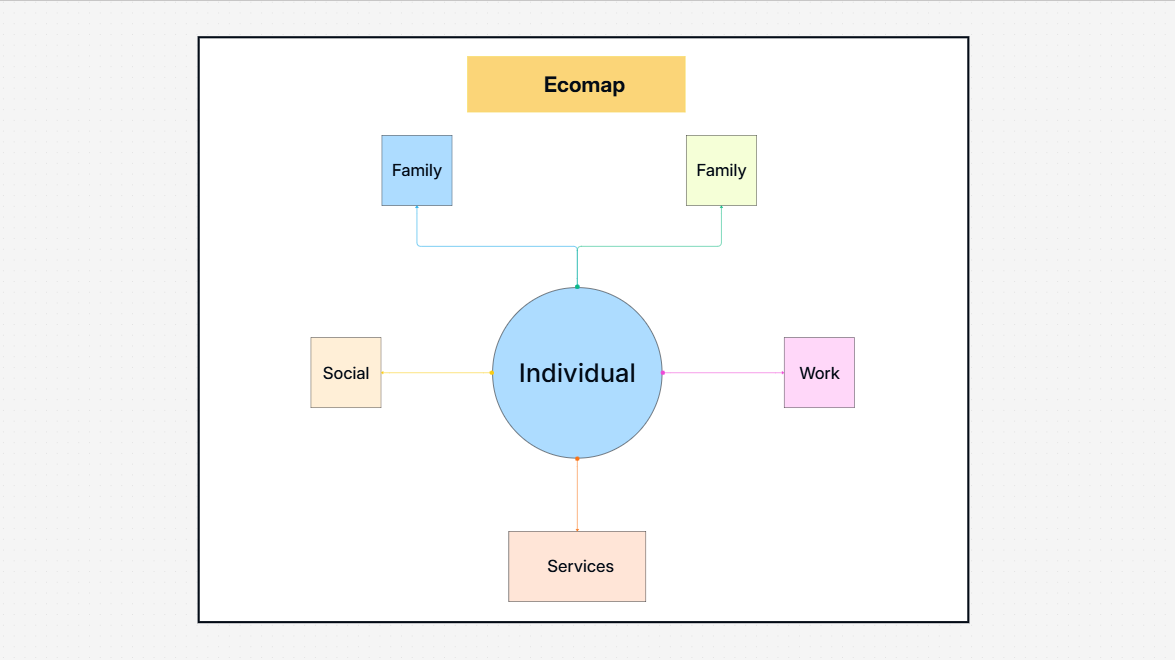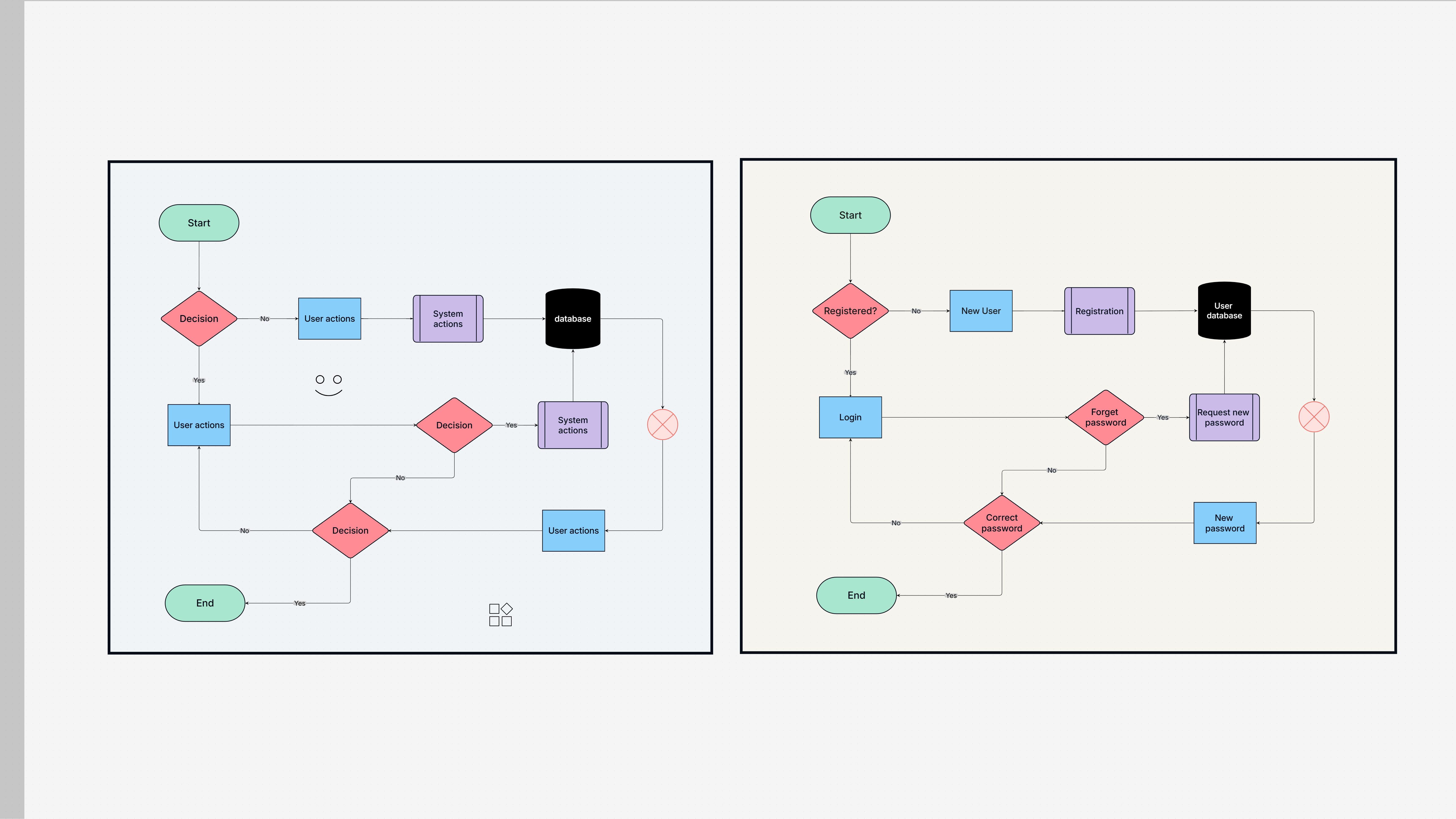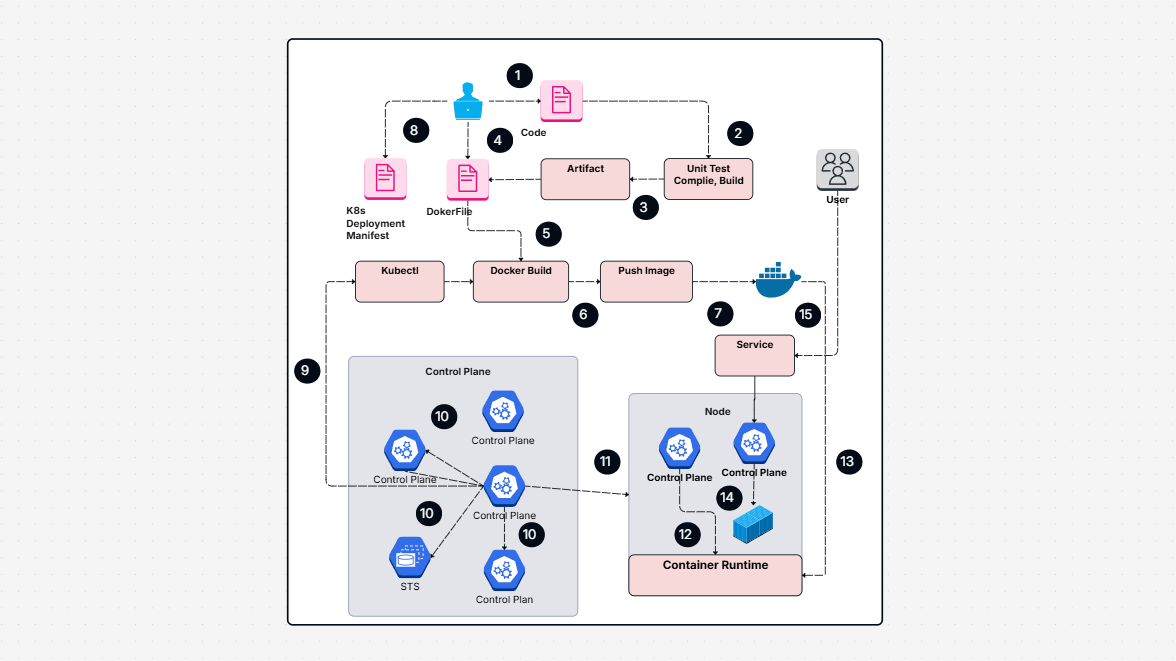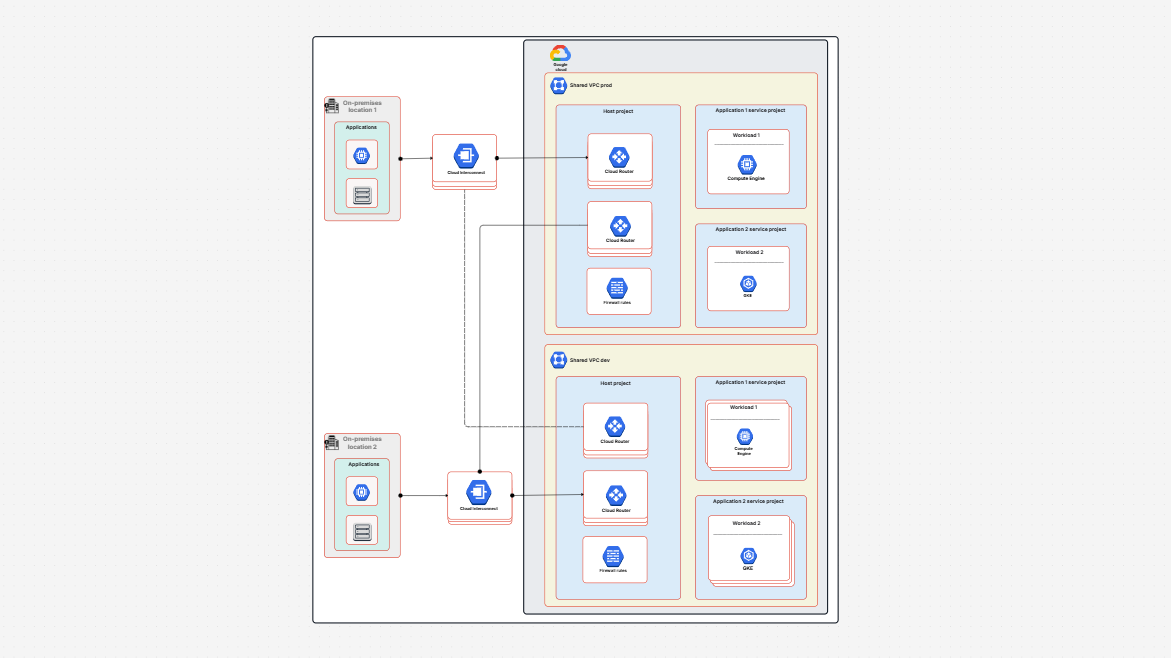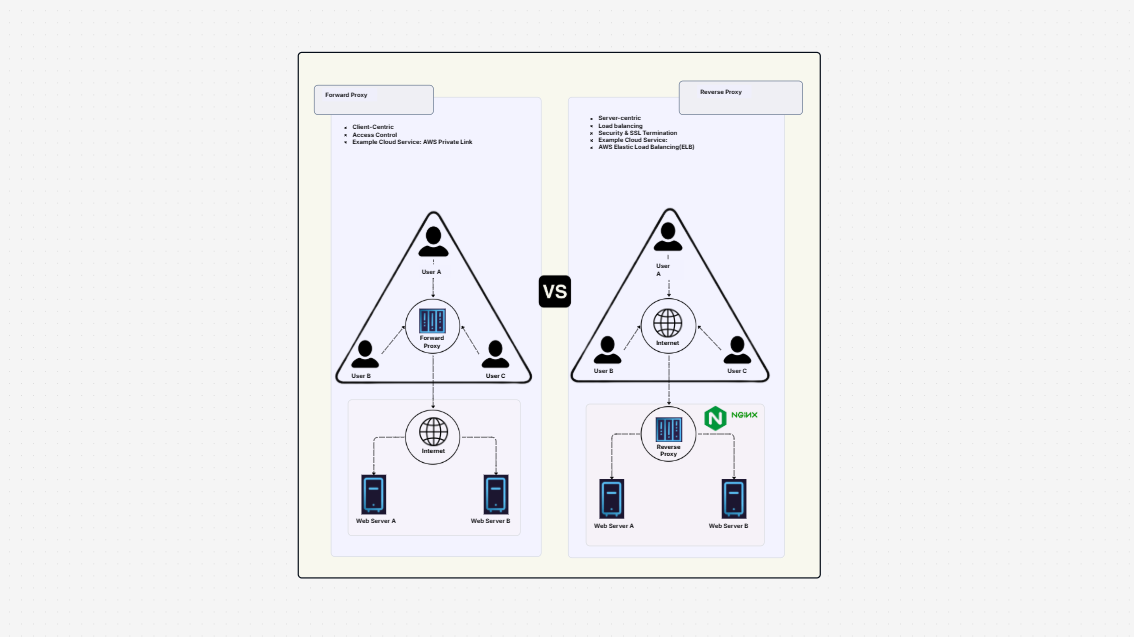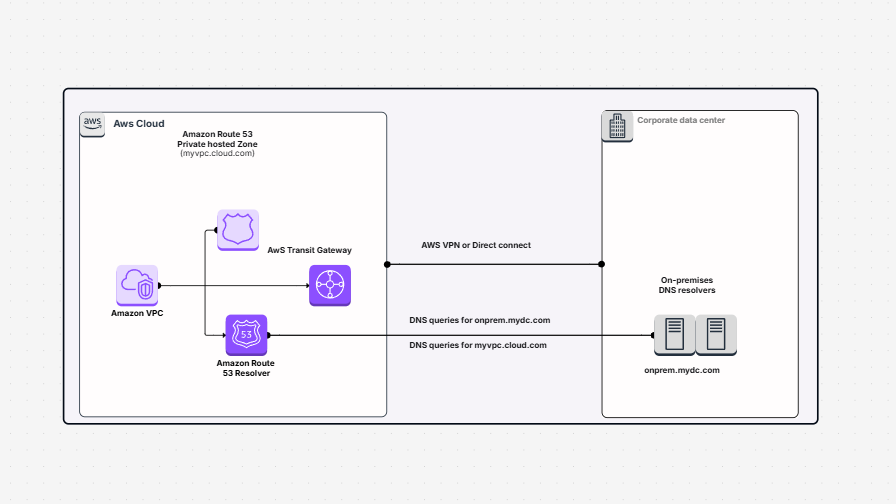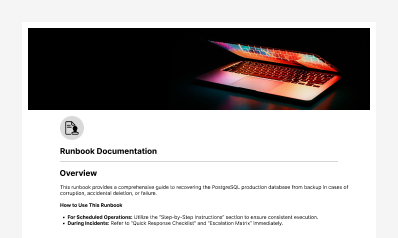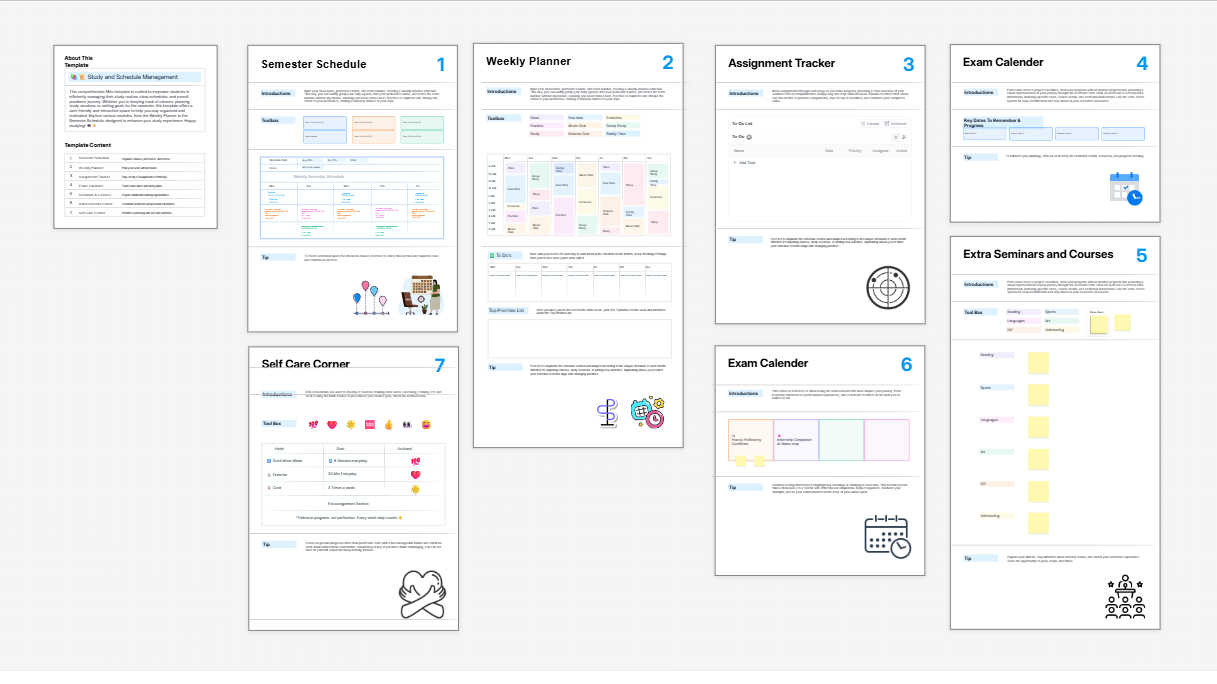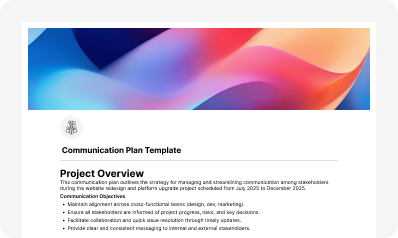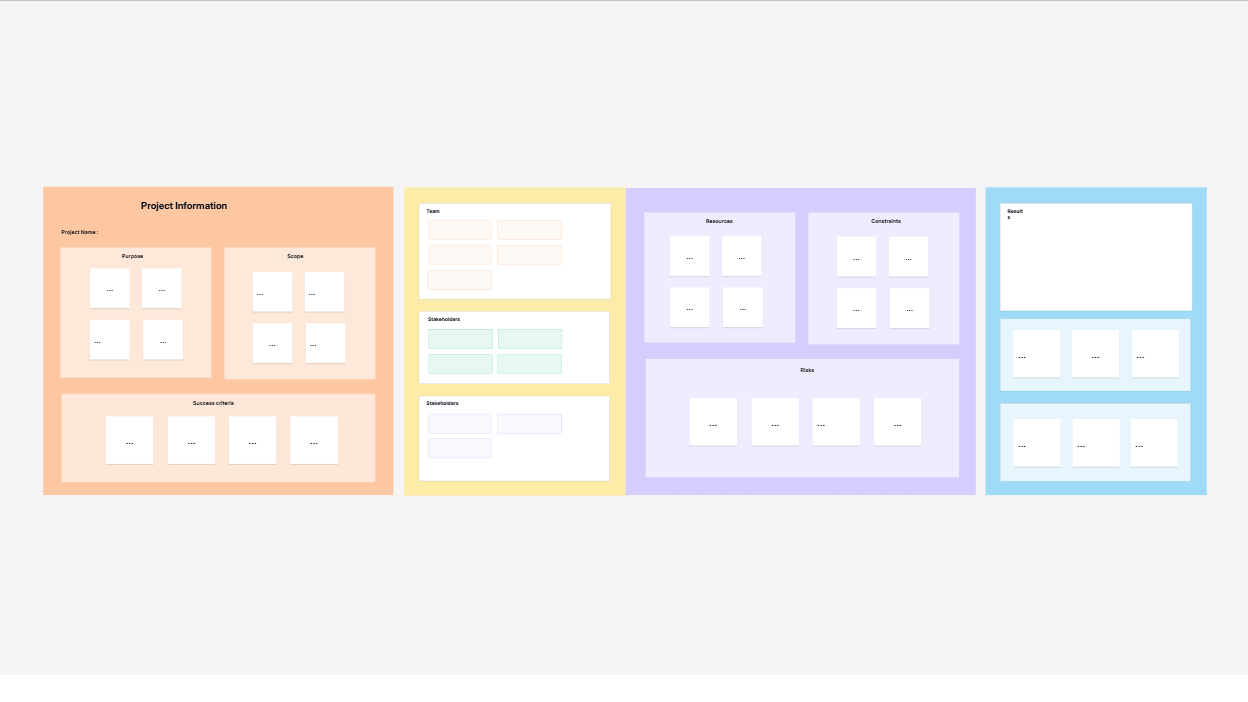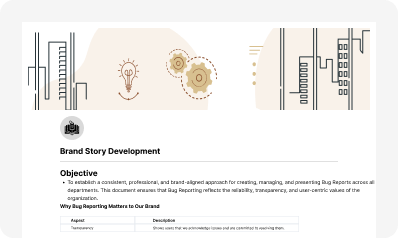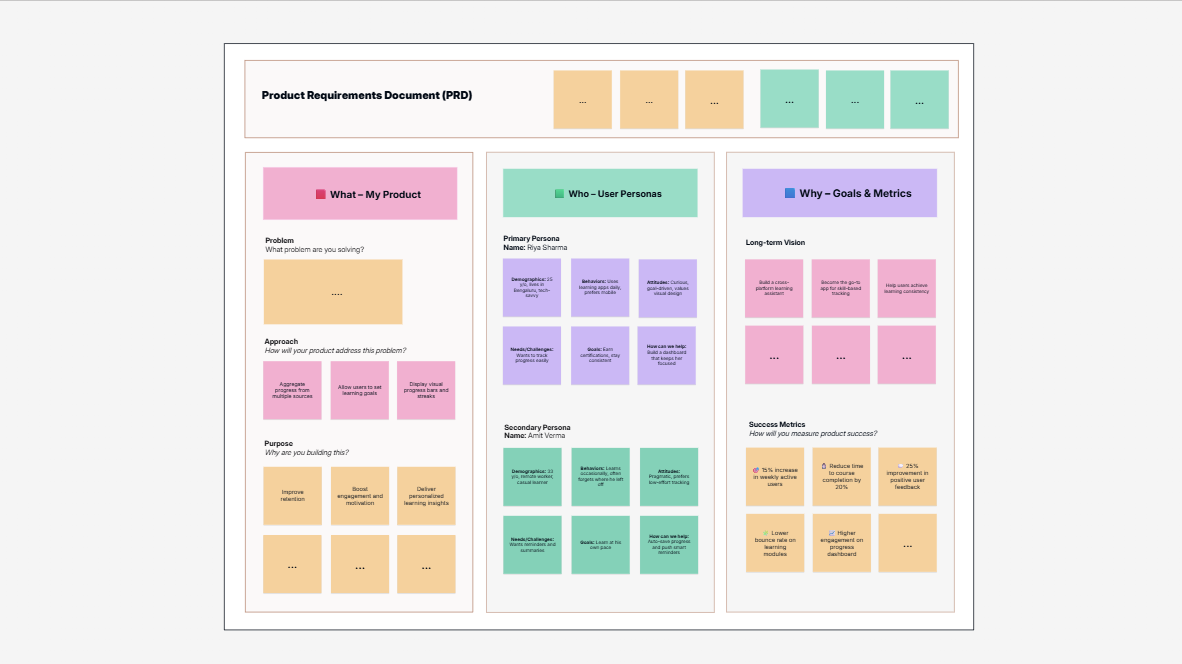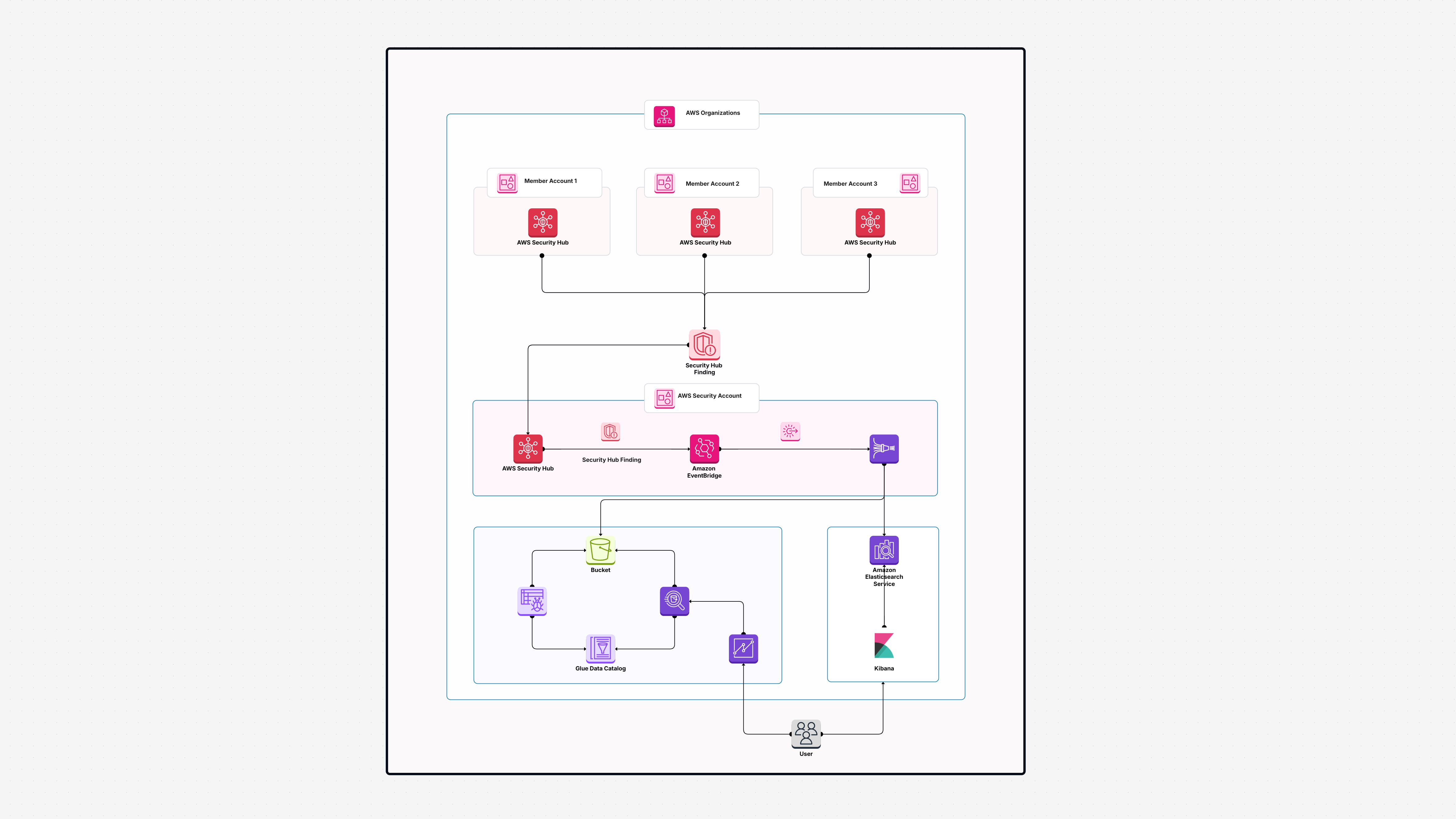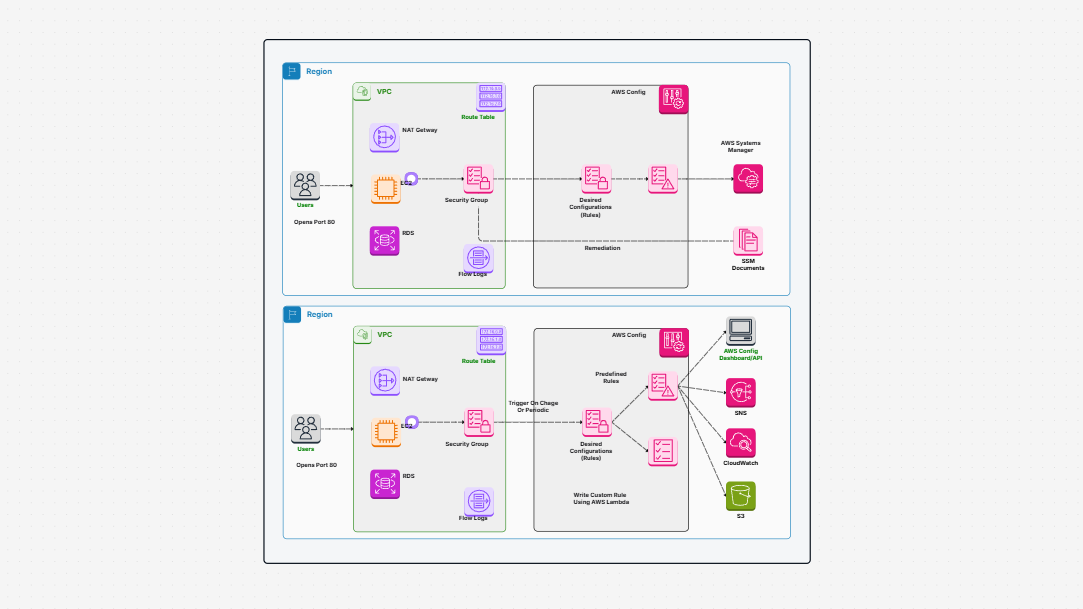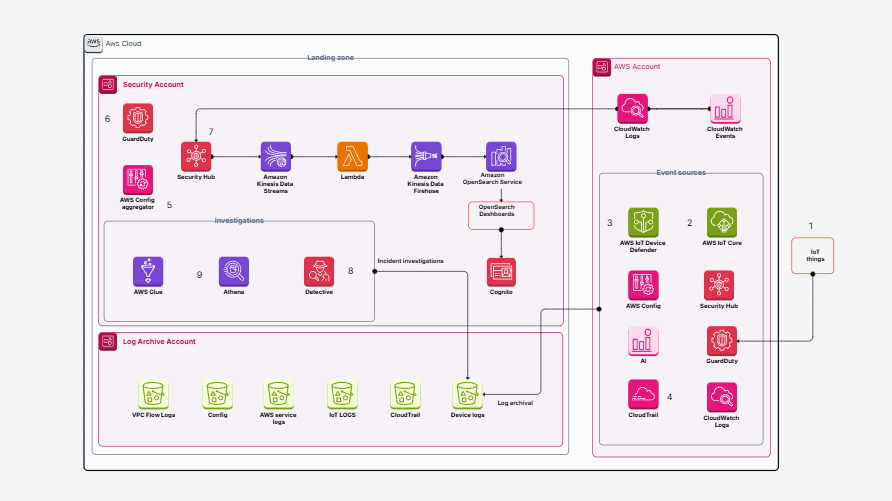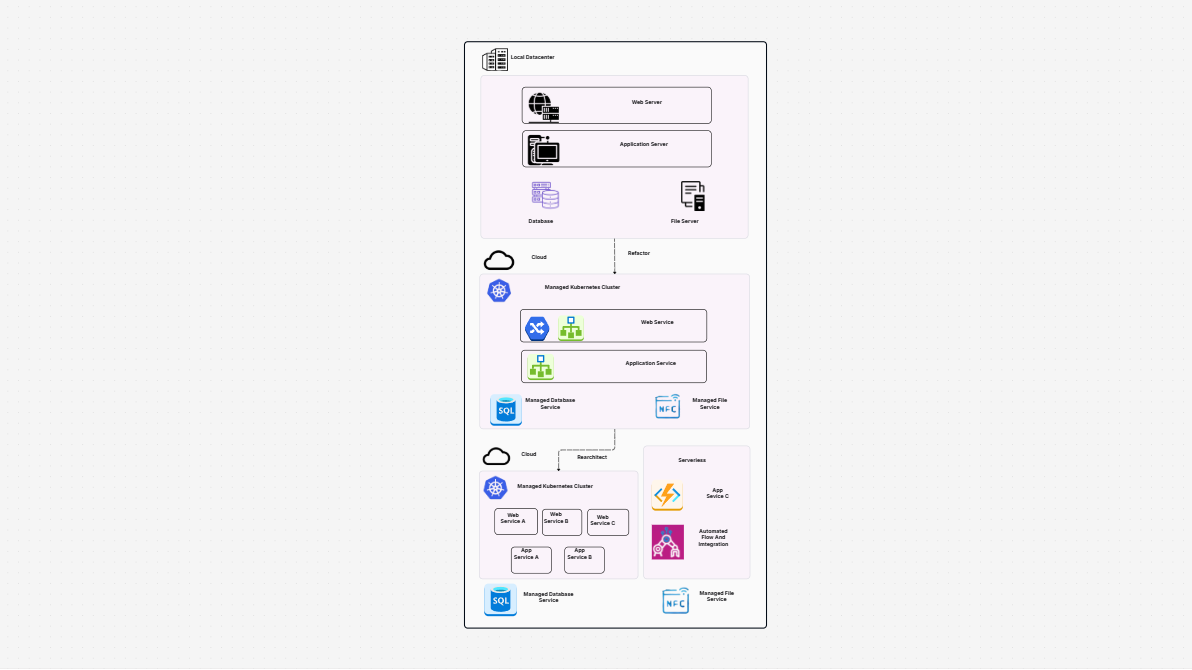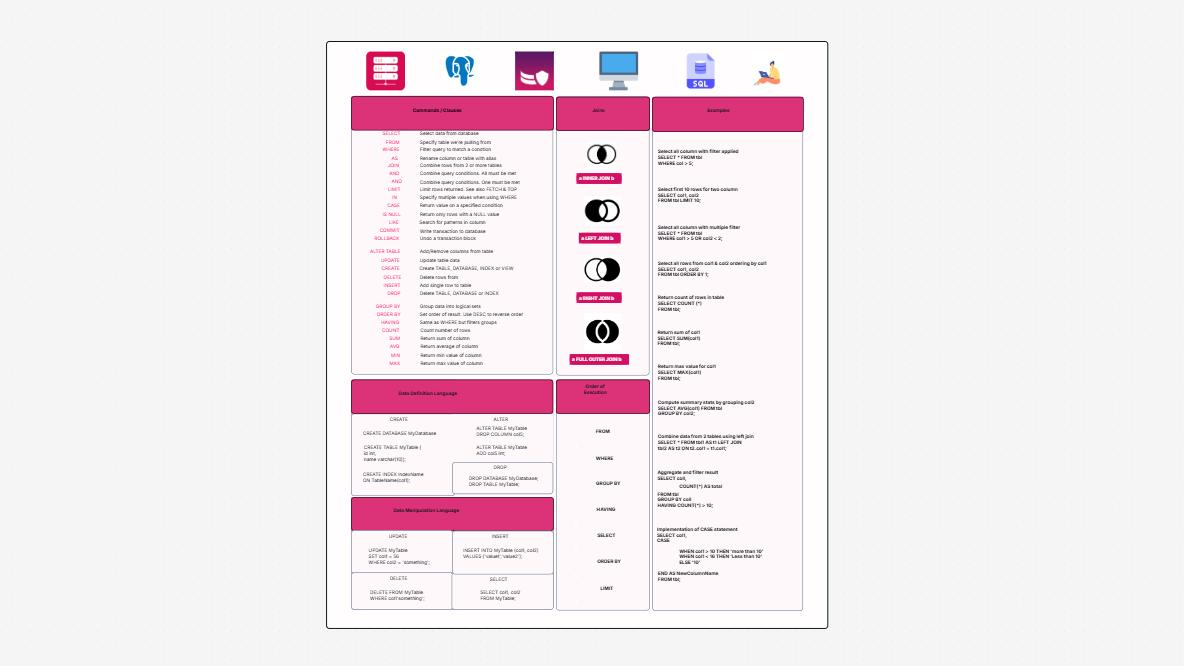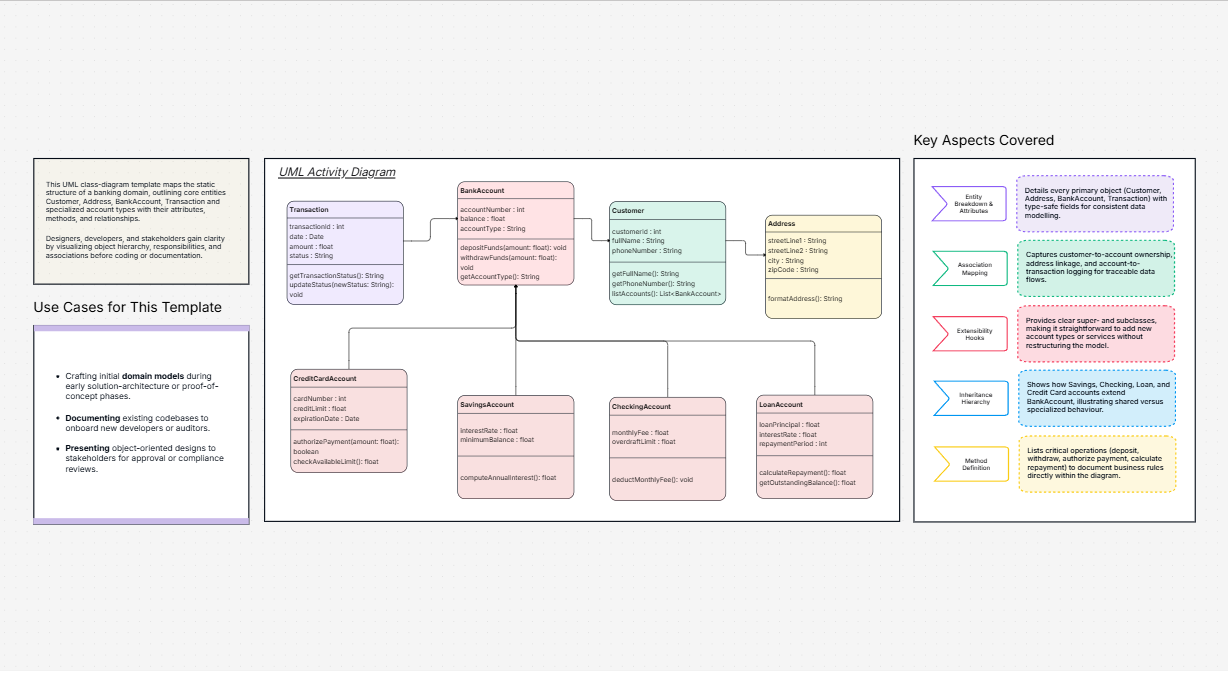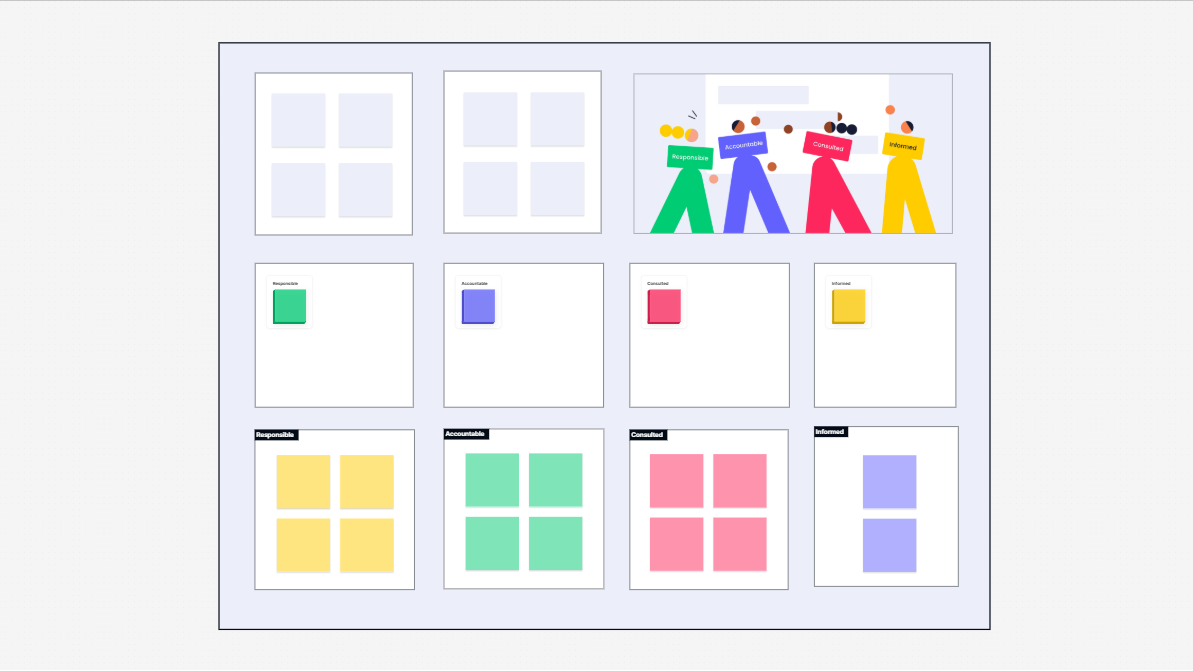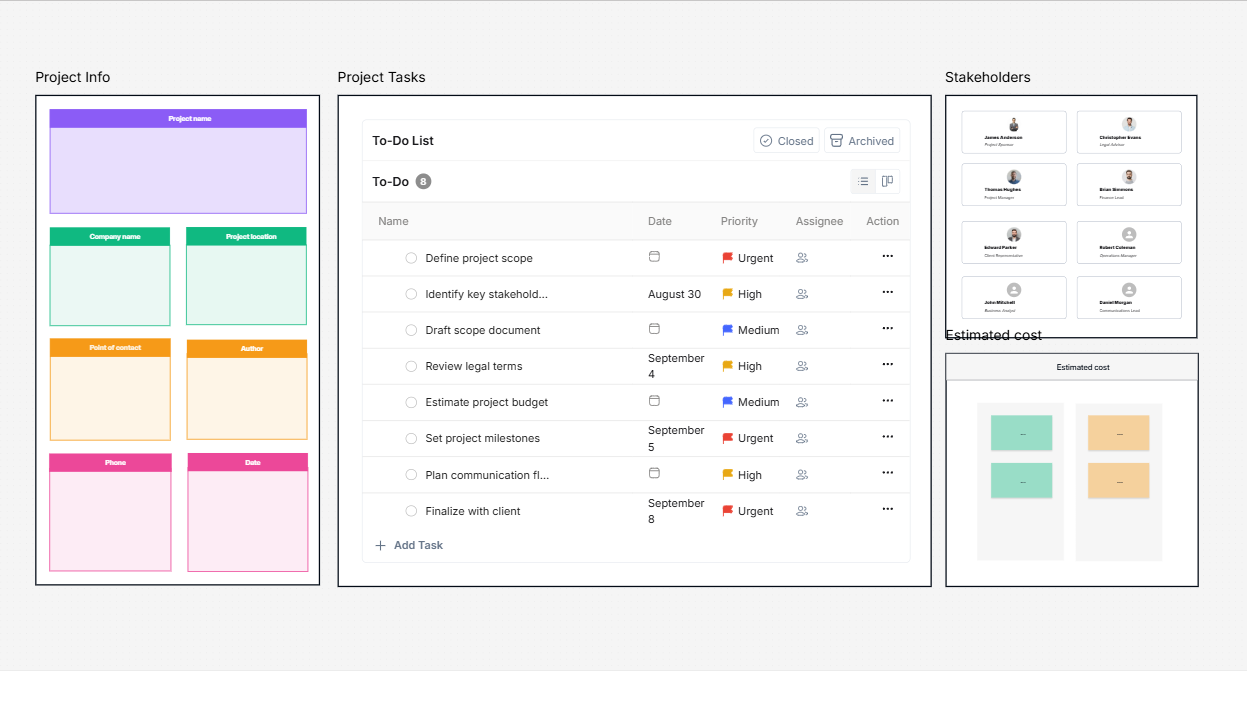WorkHub

What is this template about ?
How CICD pipeline works in AWS Cloud template shows the whole process of a CI/CD pipeline in AWS Cloud. It shows what gets done after a developer has committed code and how the code is automatically executed through building, testing, approval, and finally deployed to production. The pipeline takes advantage of existing AWS services like CodeCommit for code storage, CodeBuild for build and testing, CodePipeline for workflow automation, and CloudFormation for infrastructure deployment. It even uses Lambda functions for triggering actions and Amazon SNS for notifications. You can use this template as a blueprint. It walks you through every step and shows you how each AWS service integrates to speed up software delivery and make it more secure.
Why this template is a game-changer ?
In all but a few of the teams, deployment and application development remains a manual process. Developers manually copy files, run scripts, and get approvals via email. It is time-consuming and more prone to errors. With the process shown in this example, all of that is done automatically. When a developer checks in code, the pipeline automatically runs. CodeBuild takes care of compiling and testing. CodePipeline moves the build through steps like development, testing, and staging. Even a manual approval process where a user can review and approve before the application is deployed into production.
Using this pipeline involves:
- No longer boring repetitive work.
- Fewer opportunities for human error.
- Quicker updates to users.
- A clear view of where your application is in the release process.
This shows how to create a pipeline that releases software automatically and makes it more uniform.
Who can use this template, and when?
This template is useful to most individuals:
- Developers who have to save time and perform repetitive tasks.
- DevOps engineers that need to plan a secure release process.
- Project managers who wish to see how software is progressing through phases.
- Teams which are interested in contrasting tools, such as Jenkins vs AWS CodePipeline, and determine which is preferable.
The best time to apply this template:
- When beginning a new project,
- Refreshing an existing deployment process,
- Learning AWS CI/CD best practices.
If your team is cloud-migrating or attempting to speed up delivery without compromising quality, this template can help.
What are the main components of the template ?
The template combines various AWS services that work together. The following are the major sections that you will find in it:
- AWS CodeCommit – Where you store and maintain your code with version control.
- AWS CodeBuild – Builds and tests your code automatically.
- AWS CodePipeline – The core service that processes each action in your pipeline.
- AWS Lambda – Used to execute small functions that invoke pipeline actions.
- Amazon SNS – Notification of changes in deployment or build status.
- AWS Secrets Manager – Secures sensitive information such as passwords.
- AWS API Gateway – Supports API-based interactions within the pipeline.
- AWS CloudFormation – Deploys and manages infrastructure as code.
- Amazon S3 – Stores deployment files and build artifacts.
- Manual Approval Stage – Enables review and approval prior to production.
- AWS DynamoDB – Holds state and setup information.
- Production Deployment Phase – The phase where your application is deployed at last.
- Shared Service Account – Manages shared resources across different stages.
All these pieces fall into place to create an unbroken chain from development to deployment.
How to get started with Cloudairy ?
It is easy to open and work with this template from Cloudairy. The process is as follows:
- Log in to Cloudairy from your account.
- Go to the Template section.
- Search for "AWS CI/CD Pipeline"
- Select the template from the results.
- Click Open to open the template in the workspace.
- Verify the CI/CD pipeline and refresh it if needed.
- Start setting up AWS services like CodeCommit, CodeBuild, and CodePipeline based on your project.
Cloudairy simplifies visualizing the whole structure and editing it without losing your way.
Summary
Creating a CI/CD pipeline in AWS Cloud is among the best methods of releasing software quickly and securely. Rather than having to manually perform steps, you can use this template to observe how services such as CodeCommit, CodeBuild, CodePipeline, and CloudFormation integrate. The pipeline is initiated when code is committed, builds, tests, and pushes the code through various stages automatically. Notifications inform you, and an approval process in the middle provides control before deployment.
Your application is deployed to production in the end. This template is an operational guide for acquiring and implementing AWS CI/CD best practices. It also explains how AWS CodePipeline differs from other CI/CD tools such as Jenkins. Your team will be able to spend less time doing manual work and more time coding better software with this setup. By using the steps in this template, you can develop a pipeline that speeds up your releases, making them safer and easier to manage.
Related AWS Architecture Diagram Templates
Find templates tailored to your specific needs. Whether you’re designing diagrams, planning projects, or brainstorming ideas, explore related templates to streamline your workflow and inspire creativity
Design, collaborate, innovate with Cloudairy
Unlock AI-driven design and teamwork. Start your free trial today










Design, collaborate, innovate with Cloudairy
Unlock AI-driven design and teamwork. Start your free trial today











